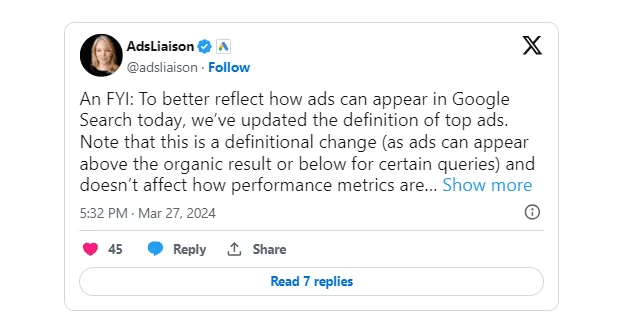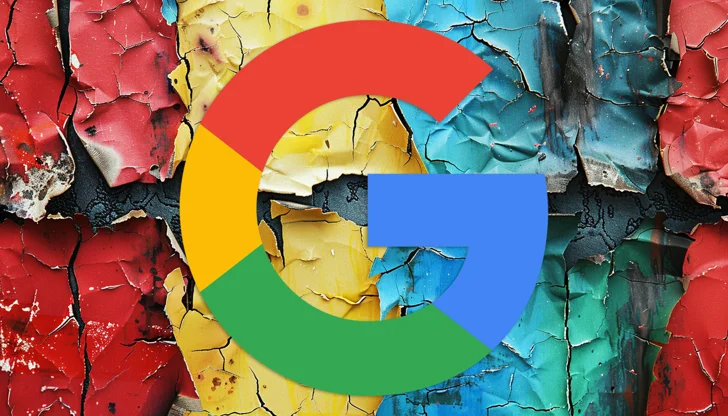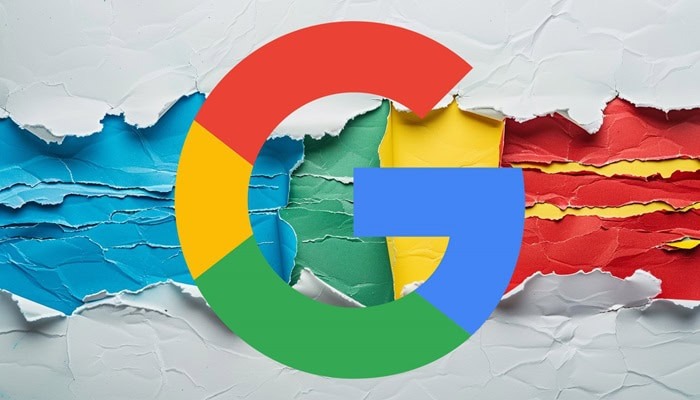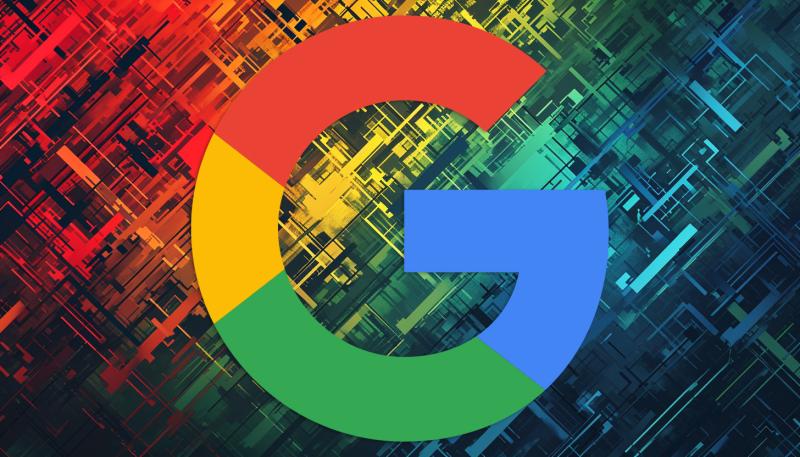Google has altered its definition of top ads in the search results. In an announcement on X (formerly Twitter), Ginny Marvin, acting as the Google Ads Liaison, made a public service announcement regarding this change.
“To better reflect how ads can appear in Google Search today, we’ve updated the definition of top ads.”

This update represents a change in definition and does not impact the calculation of performance metrics. The modified definition, as outlined in a Google Help Center page, now states:
“Top ads are adjacent to the top organic search results. Top ads are generally above the top organic results, although they may show below the top organic results on certain queries. Placement of top ads is dynamic and may change based on the user’s search.”
What are Google’s Top Ads
These are advertisements that appear prominently at the top of the search engine results page (SERP) in response to a user’s query. These ads typically appear above the organic search results and are often the first results that users see when searching. They are marked with an “Ad” or “Sponsor” label to distinguish them from organic search results. Google’s definition of top ads may evolve as the search engine refines its algorithms and features.
Google’s support page offers deeper insight into top and absolute top metrics, which serve as a set of prominence indicators providing advertisers with an understanding of their ads’ positioning on the page.
The two primary metrics are:
- Search top impression rate – “Impr. (Top) %”
- Search absolute top impression rate – “Impr. (Abs. Top) %”
Search top impression share (Search top IS) and Search absolute top impression share (Search abs. top IS) aid advertisers in comprehending the potential for their ads to attain visibility among top ads or secure the topmost position among them.
Unlike average position, these metrics do not compare the order of ads to each other but rather reflect the actual placement of ads on the SERPs.
How This Could Benefit You
These metrics will also allow you, as an advertiser, to strategically change your bids to raise the percentage of your ads showing in the top positions on the page or reaching the first position among ads. Closely monitoring your Search top impression share and your Search absolute top impression share will give you the best insight into how to improve ad positioning to drive more traffic to your website.
In addition, being familiar with the metrics involved in lost impression share due to budget constraints or Ad Rank shortcomings helps you center your attention on those areas that need modification in managing your campaigns.
It goes without saying that refining budget utilization and optimizing Ad Rank will increase your chances of showing up among the top and, therefore, will improve the overall performance of your campaign.
How to Perform an On-Site SEO Audit: A Step-by-Step Guide
In Summary
Similarly, Google also widened the definition of top ads to possibly include ads showing below-top organic results for some queries. The metrics of top and absolute top do give context for ad placements in search results. These metrics can be useful to monitor performance for advertisers.
Advertisers can use these metrics to set a target for bids, check if the budget is restricting their reach, enhance their Ad Rank, or run competitive analyses in efforts to optimize their advertising campaigns.
Would you like to read more about “What are Google’s Top Adss” related articles? If so, we invite you to take a look at our other tech topics before you leave!
Use our Internet marketing service to help you rank on the first page of SERP.











